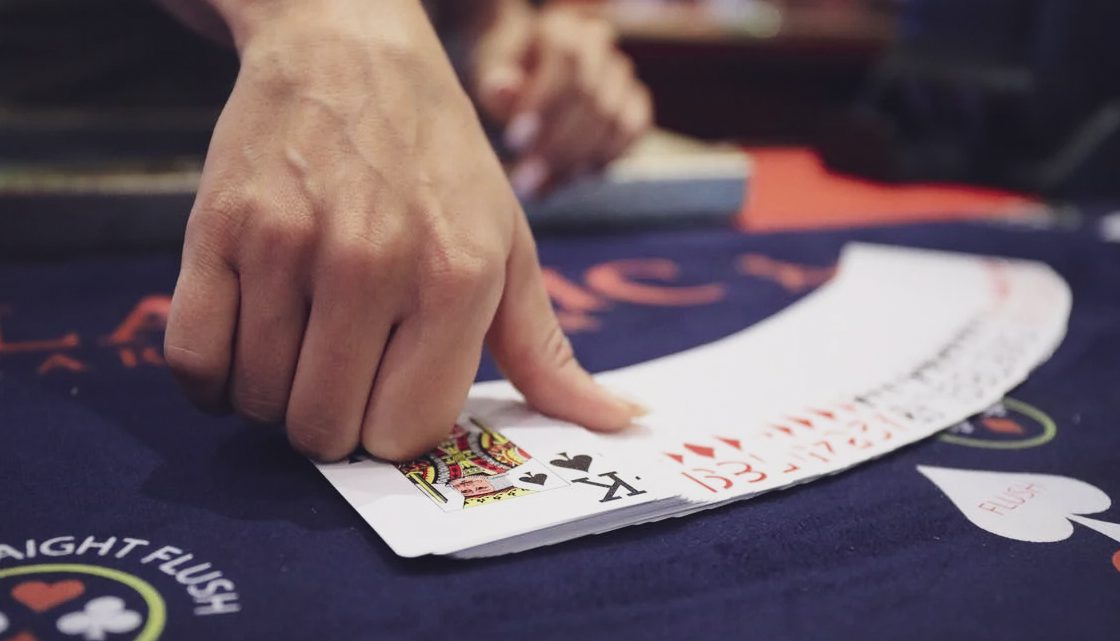
Bluffing is a skill. It is a necessary component of the game. Every poker player bluffs. Avoiding bluffs drastically reduces your chances of winning. Playing poker without bluffing is equivalent to playing just half the game. A competent player should constantly be aiming to benefit whenever a chance arises, and bluffing will assist you in doing so.
Bluffing is a technique for convincing an opponent of something that is not true. If you have a great hand, it is best not to exhibit it to everyone. Traditional bluffing works in two ways: when you’re losing, you exhibit good feelings, and when you’re winning, you show negative emotions. But it merely seems to be easy. In reality, seasoned poker players are not just excellent performers, but also excellent psychiatrists.
Bluffing theory splits bluff into four broad categories: opportunistic bluff, continuation bluff, semi-bluff, and stone-cold bluff. Your bluffing style is determined by the circumstance you find yourself in throughout the game. However, all forms of bluffs have the same goal in mind: to make a lucrative bet. Understanding this will make it simpler to employ all of your “acting talents” to achieve good outcomes. It’s also a good idea not to trust your opponents, even if you think they’re “simple to read.” Don’t forget to hone your bluffing abilities before big games. It is just as important as knowing poker theory and quantitative methods.